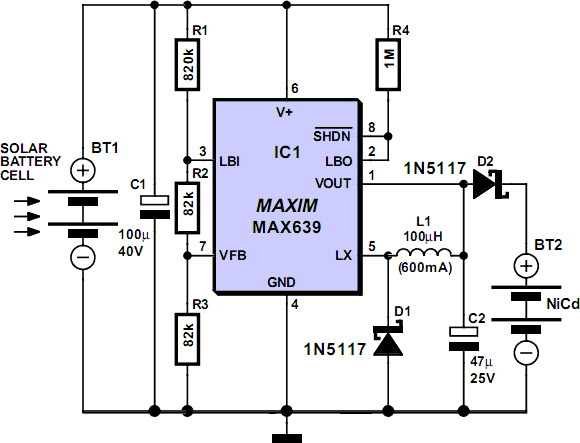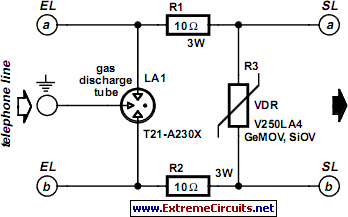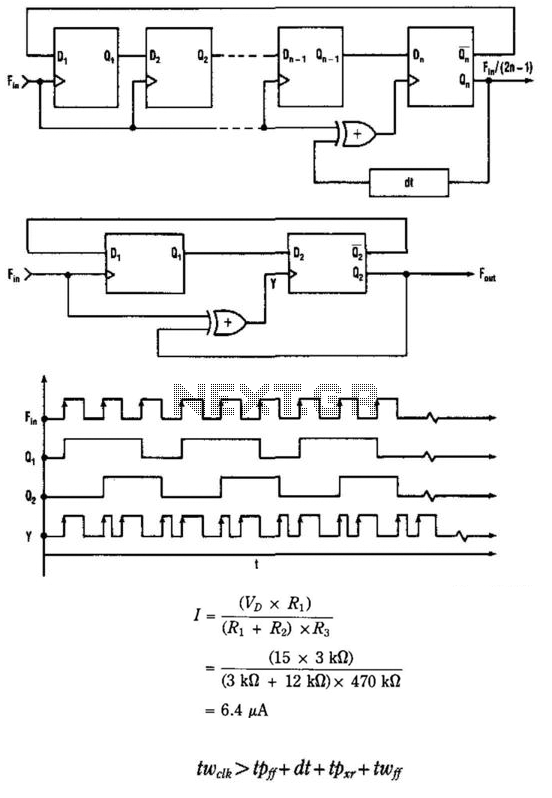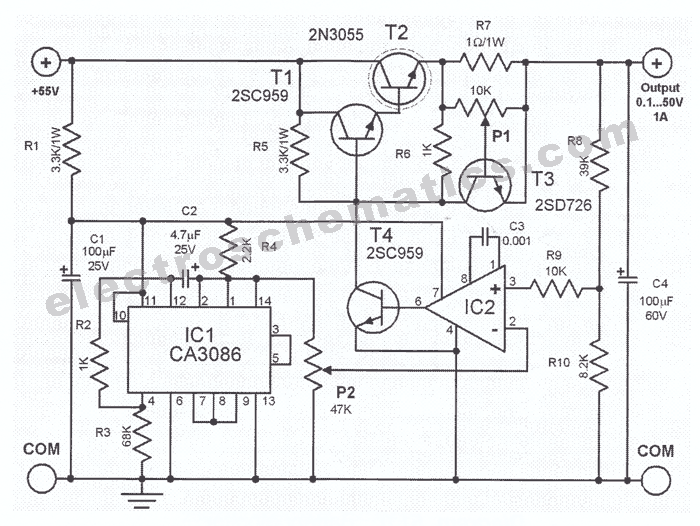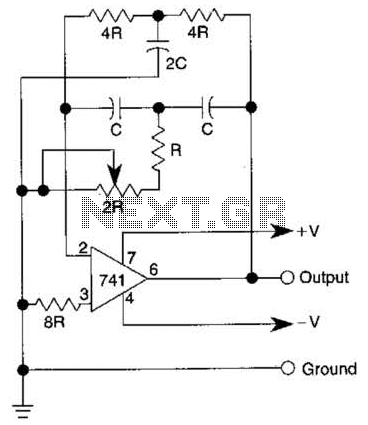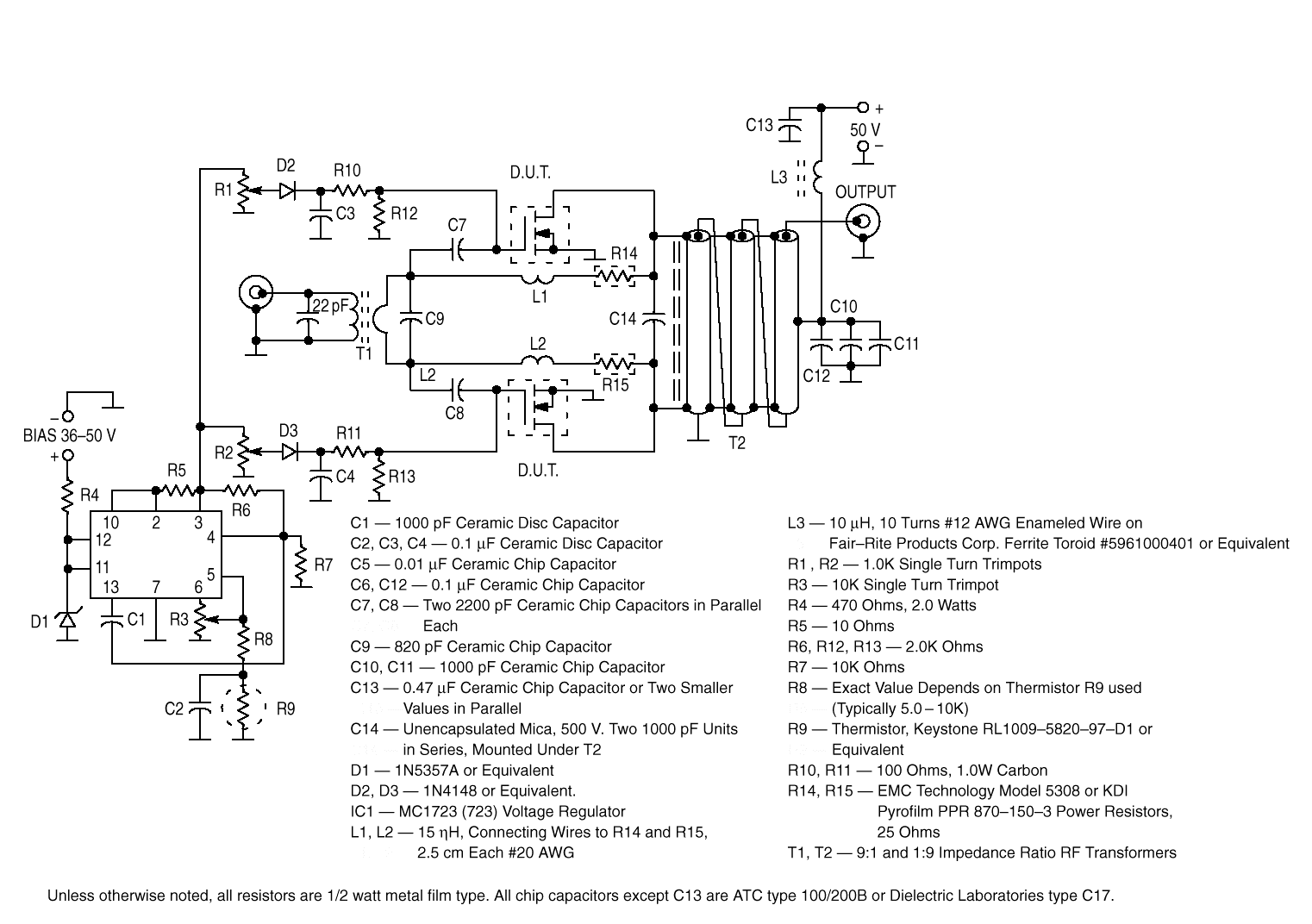
Power line frequency meter
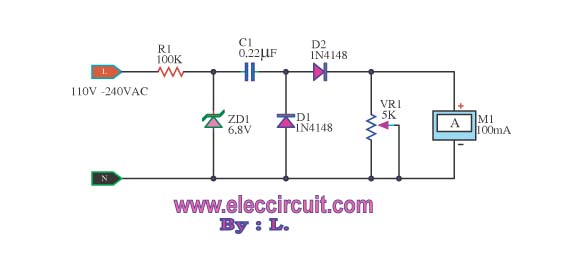
This meter displays the frequency of a power generator, which operates at a voltage range of 110V-240V and a frequency range of 10-100Hz. The output sine waves are converted to square waves.
The described frequency meter is designed to accurately measure and display the frequency of alternating current (AC) signals generated by a power generator. The operating voltage range of 110V-240V indicates compatibility with a variety of power supply systems, making it suitable for both residential and industrial applications. The frequency range of 10-100Hz encompasses standard power frequencies used in many regions around the world, ensuring broad usability.
The conversion of output sine waves to square waves is a critical function in this design. Sine waves, which are the natural form of AC signals, are often transformed into square waves for easier processing and measurement. This conversion can be achieved through the use of a comparator circuit, which utilizes operational amplifiers to compare the input sine wave against a reference voltage. When the sine wave exceeds the reference level, the comparator outputs a high signal, and when it falls below, it outputs a low signal. This results in a square wave output that retains the frequency characteristics of the original sine wave while simplifying the signal for further analysis.
The meter likely incorporates a microcontroller or a dedicated frequency counter IC to process the square wave output. This component counts the number of cycles over a specified time period, allowing for an accurate frequency reading to be displayed. Additionally, the meter may feature an LCD or LED display for clear visibility of the frequency measurement, along with possible indicators for voltage levels or operational status.
Overall, this frequency meter serves as an essential tool for monitoring the performance of power generators, ensuring they operate within specified frequency ranges, and facilitating maintenance and troubleshooting efforts in electrical systems.This is the meter show the frequency of a power generator, which it has voltage 110V-240V at 10-100HZ. The output sine waves are converted to square waves by. 🔗 External reference
The described frequency meter is designed to accurately measure and display the frequency of alternating current (AC) signals generated by a power generator. The operating voltage range of 110V-240V indicates compatibility with a variety of power supply systems, making it suitable for both residential and industrial applications. The frequency range of 10-100Hz encompasses standard power frequencies used in many regions around the world, ensuring broad usability.
The conversion of output sine waves to square waves is a critical function in this design. Sine waves, which are the natural form of AC signals, are often transformed into square waves for easier processing and measurement. This conversion can be achieved through the use of a comparator circuit, which utilizes operational amplifiers to compare the input sine wave against a reference voltage. When the sine wave exceeds the reference level, the comparator outputs a high signal, and when it falls below, it outputs a low signal. This results in a square wave output that retains the frequency characteristics of the original sine wave while simplifying the signal for further analysis.
The meter likely incorporates a microcontroller or a dedicated frequency counter IC to process the square wave output. This component counts the number of cycles over a specified time period, allowing for an accurate frequency reading to be displayed. Additionally, the meter may feature an LCD or LED display for clear visibility of the frequency measurement, along with possible indicators for voltage levels or operational status.
Overall, this frequency meter serves as an essential tool for monitoring the performance of power generators, ensuring they operate within specified frequency ranges, and facilitating maintenance and troubleshooting efforts in electrical systems.This is the meter show the frequency of a power generator, which it has voltage 110V-240V at 10-100HZ. The output sine waves are converted to square waves by. 🔗 External reference
Warning: include(partials/cookie-banner.php): Failed to open stream: Permission denied in /var/www/html/nextgr/view-circuit.php on line 713
Warning: include(): Failed opening 'partials/cookie-banner.php' for inclusion (include_path='.:/usr/share/php') in /var/www/html/nextgr/view-circuit.php on line 713
